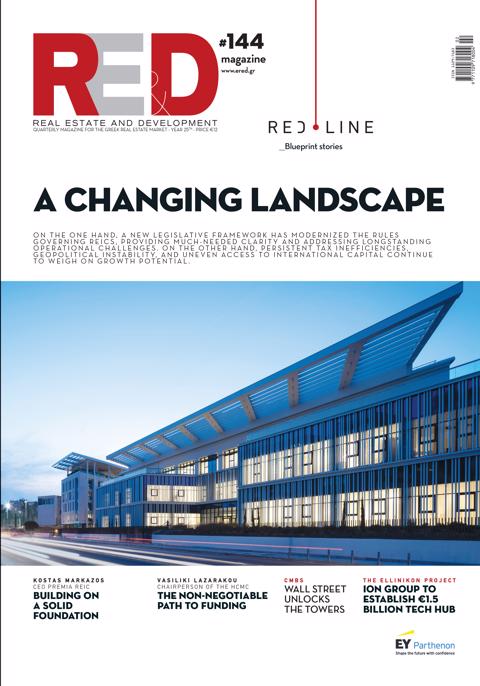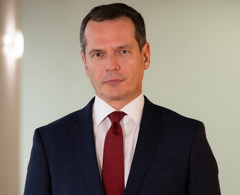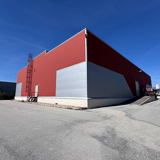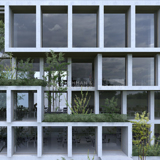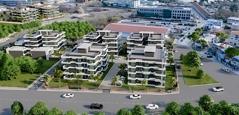Borrowing costs also remain a significant source of pressure. Despite reductions in key interest rates by central banks, long-term borrowing costs for both governments and businesses are rising, placing additional strain on projects that rely heavily on financing.
Construction cost trends vary significantly by region. In Europe, for example, the markets of the United Kingdom and Scandinavia are experiencing heightened costs due to strengthened energy strategies and the transition to green technologies.
In Athens, construction costs are currently the highest among neighboring markets in the Balkans, as well as compared to Mediterranean cities such as Barcelona and Madrid.
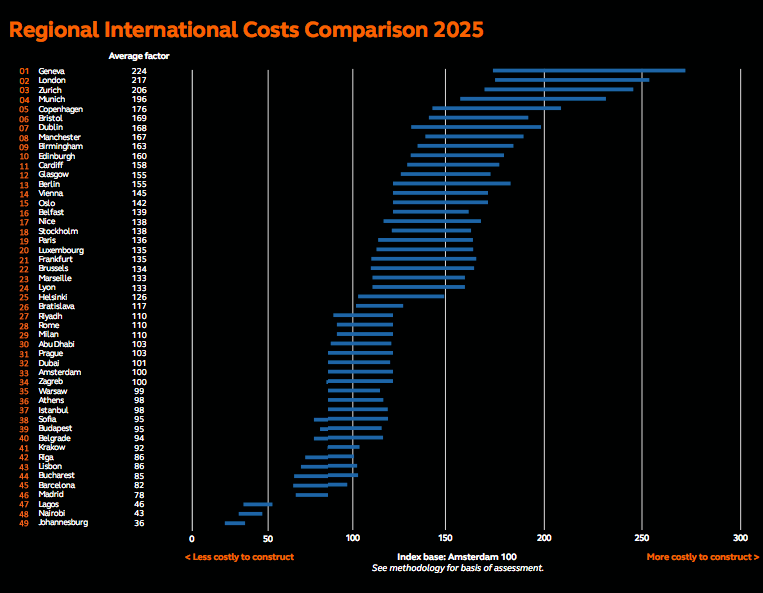
Despite ongoing challenges in the traditional residential and commercial real estate sectors, segments related to the energy transition and digitalization continue to experience robust growth. Demand for data centers, specialized infrastructure for 5G technology, and green energy solutions has intensified, resulting in sustained high levels of construction activity in these areas, despite rising costs.
In particular, the strong demand for data centers has driven up rental prices, helping to offset construction cost overruns. However, high financing expenses, persistent economic uncertainty, and the prolonged impact of the pandemic on space usage have created a challenging environment for development. The rise in tariffs and other trade barriers further exacerbates these issues. The consequences are widespread—from worsening housing shortages to growing gaps in the healthcare, education, and retail sectors, as property owners struggle to adapt existing buildings to meet the rapidly evolving needs of their tenants.
At the same time, projects focused on transitioning to “smart” and energy-efficient buildings are boosting demand for construction initiatives aimed at reducing the environmental footprint.
The integration of sustainable and innovative strategies in the planning and execution of construction projects is becoming essential. The adoption of green solutions and the shift toward renewable energy sources not only bring environmental benefits but also financial advantages, as governments and organizations increasingly offer subsidies and incentives for projects that meet stringent environmental standards. Notably, developments involving nearly zero-emission buildings or infrastructure that supports green energy are gaining traction, with high demand for such projects absorbing much of the increased construction costs.
Moreover, the construction sector’s pivot toward digitalization—through technologies such as Building Information Modeling (BIM)—is helping reduce costs and improve resource management. The implementation of these technologies enhances project efficiency, minimizes delays, and enables better optimization of resources and production processes.

